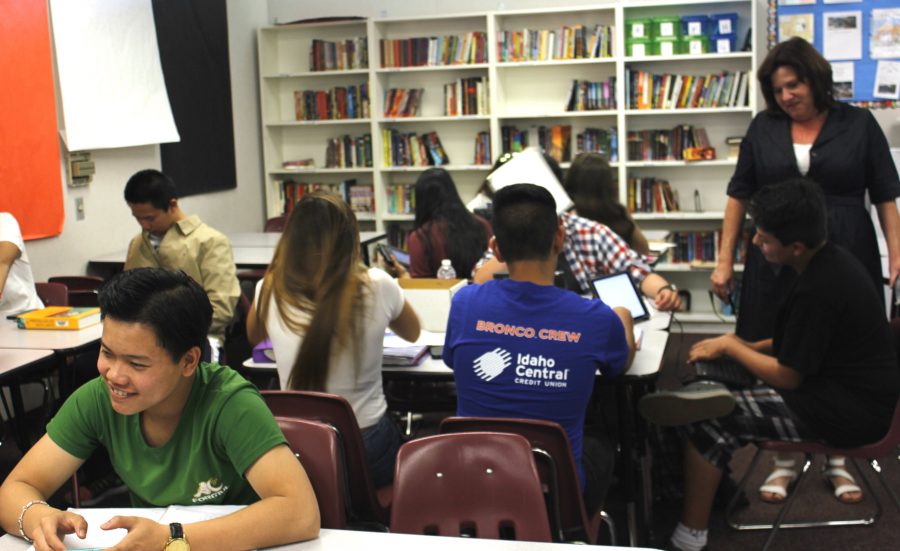Prop 58 Helps ELL Succeed in Schools
Last year, out of the 6,226,737 California public school (K-12) students, over a million students were enrolled in a dual language program. Proposition 58, which was voted on and passed this November, will now make it possible for Limited English Proficiency (LEP) students to participate in these programs.
Proposition 227, which passed in 1998, requires California public schools to teach English Language Learner (ELL) students in special classes that are taught almost entirely in English. It also shortened the time students stayed in these classes before moving into regular classes. However, Proposition 58, which was voted on this November, is in favor of repealing Proposition 227’s limitations and allowing non-English languages to be used with ELL students more frequently. Under Proposition 58, individual school districts will be able to decide whether they will have dual language programs, and for what period of time these programs will be used for in a student’s education.
“Proposition 227 was created because people thought bilingual classes were stopping students from learning English properly. They were wrong,” ELD teacher Ms. Barbara Bilderback said.
At CHS, ELL students are taught in English Language Development (ELD) courses. The students are taught completely in English. There are a total of 30 students enrolled in these courses at CHS. Students are taught the basics of the English language, such as grammar and vocabulary, and they are also taught about American culture. Besides their English classes, ELL students take regular, all-English classes for their other subjects. Every district in California, including CUSD, requires students to take a test to determine if an ELD course is necessary or not.
Although there are currently no dual language programs offered in the Claremont Unified School District, proposition 58 may present a chance to change that.
“Dual language programs might be added to the district if the proposition passes. I know that there are some parents who are pushing for a Chinese dual language program,” said Ms. Bilderback.
Dual language programs, a type of bilingual education, are taught in two languages and can be used to aid these students. This school year, the Los Angeles Unified School District (LAUSD) has added nine new dual language programs. 65 dual language programs have been implemented in LAUSD, the significant majority of which are for Spanish speakers. In the district, high school students in a dual language program spend around two to three periods speaking English, and elementary school students spend about half to 90% of their time learning in English.
“My expectation is that we will increase the number of graduates who are bilingual and biliterate so that all our students are prepared for the diverse workforce and the world they will enter,” LAUSD superintendent Michelle King in her State of the District Speech last August said according to Education Week.
The issue of allowing LEP students to learn in English with assistance from their mother tongue is controversial, and many teachers and administrators disagree about the best method to learn English. Through Proposition 58, California is now attempting to make these programs more available for the students that would benefit the most from them.
Hello there! Our goal is to provide relavent, engaging journalism for readers of all ages. Your donation will support the student journalists of the Wolfpacket at Claremont High School, and will allow us to purchase equipment, print our monthly issues, and enter in journalism competitions. We appreciate your consideration!

Emma Carter is a senior at CHS and currently the Head News editor of the Wolfpacket. She has been in the Wolfpacket for three years. In her free time,...











